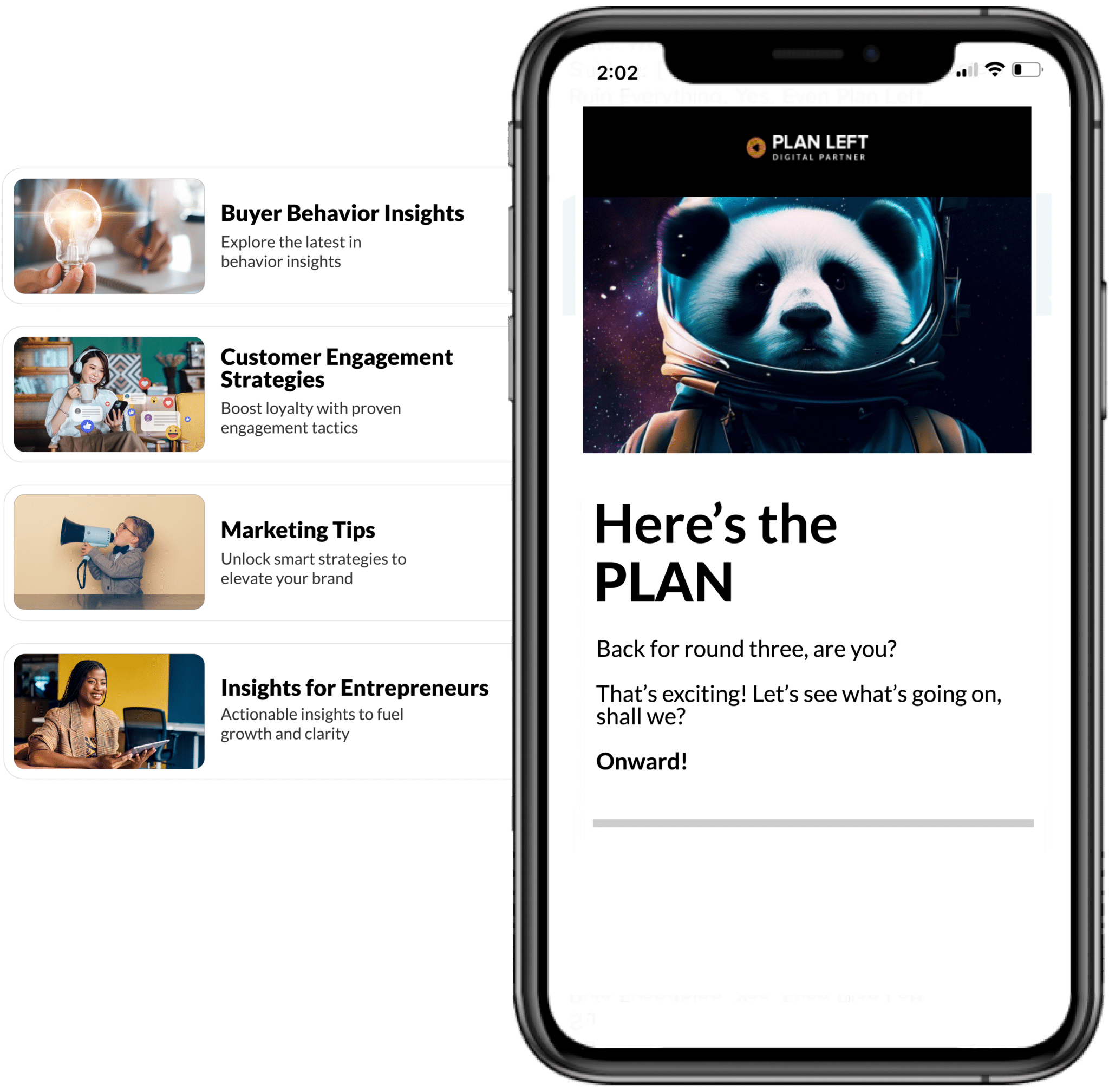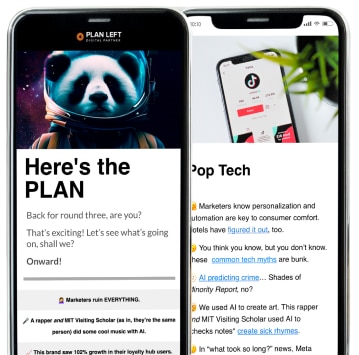
With over 1 billion people worldwide living with disabilities, ensuring websites are ADA compliant is critical for inclusivity and legal compliance. But what does successful accessibility look like in practice? Below, we explore eight standout ADA compliant website examples across industries, highlighting the innovative strategies that make them both functional and inspiring.
Setting the Standard: What Makes These Sites Excel
ADA-compliant websites go beyond legal requirements to offer seamless, inclusive experiences for all users. These sites excel by adhering to Web Content Accessibility Guidelines (WCAG) principles—perceivable, operable, understandable, and robust design. They also leverage innovative technologies to overcome accessibility challenges while maintaining aesthetic appeal.
Evaluation Criteria
To assess ADA compliance, key factors include:
- Compatibility with assistive technologies (e.g., screen readers).
- Keyboard navigation capabilities.
- High color contrast for readability.
- Alternative text for images and media.
- Accessible forms and interactive elements.
Common Success Factors
Successful sites share common traits:
- Regular accessibility audits.
- User testing with individuals with disabilities.
- Clear navigation and logical content structures.
- Customizable user experiences (e.g., font size adjustments).
Innovation in Accessibility
Many sites incorporate cutting-edge tools like AI-powered accessibility overlays or advanced voice recognition software. These innovations not only enhance usability but also streamline compliance efforts.
ADA Compliant Website Examples
E-commerce Excellence
E-commerce websites face unique challenges in ensuring accessibility due to their complex functionalities. The following examples showcase how brands have tackled these challenges head-on. Both sites streamline the checkout process by offering clear instructions, accessible form fields, and error notifications that are easy to understand—a critical aspect of e-commerce accessibility.
1 – The Lakers Store
This site demonstrates excellence in e-commerce accessibility by integrating features like screen reader compatibility and keyboard navigation. It also offers options for font and color adjustments, ensuring a tailored shopping experience for users with visual impairments.
2 – Walmart
Walmart’s website stands out for its focus-visible design, which highlights interactive elements like buttons and links during navigation. This feature ensures users can easily interact with the site using a keyboard or assistive devices
Content-Rich Compliance
Content-heavy websites often struggle with accessibility due to multimedia integration and interactive elements. These examples illustrate how to overcome such hurdles. Both sites prioritize accessible PDFs and transcripts for downloadable content, making information available to all users regardless of their abilities.
3 – Paralympic.org
The International Paralympic Committee’s website excels in multimedia accessibility by providing adjustable text sizes, keyboard-friendly navigation, and clear video captions.
4 – Harvard University
Harvard’s website incorporates multilingual subtitles for videos, high-contrast color schemes, and large fonts for readability. Its simple yet effective navigation ensures access to its vast educational resources.
Service Industry Solutions
Service-based websites must ensure their tools—like booking systems or forms—are accessible to diverse audiences. Here’s how two leaders achieve this. Both sites offer alternative communication methods like live chat or accessible phone lines, ensuring all customers can reach support teams without barriers.
5 – KidsWish
This organization’s website features clearly labeled forms that are easy to navigate via keyboard or assistive technologies. High-contrast colors and large text further enhance usability.
6 – Starbucks
Starbucks has made significant strides in web accessibility, offering features like keyboard navigation, alternative text for images, and high-contrast modes. Its ordering system is streamlined for assistive technologies, ensuring that all customers can easily browse and place orders.
Government and Education
Governmental and educational websites often serve diverse audiences with varying needs. These examples highlight solutions tailored for inclusivity. These examples showcase how different industries in the U.S. are successfully implementing ADA compliance to create inclusive digital experiences.
7 – U.S. Department of Health and Human Services
The Health and Human Services (HHS) website is a standout example of accessibility in government. It features excellent keyboard navigation, high contrast between text and background colors, and embedded image text captioning for screen readers. The consistent hierarchy in titles and tagged clickables ensures seamless interaction for users with disabilities.
8 – AmeriSchools Academy
AmeriSchools Academy’s website demonstrates how educational institutions can meet federal ADA standards. It incorporates accessible navigation, clear labeling of interactive elements, and engaging animations that do not compromise usability for individuals with disabilities.
Inspiration from Leaders in Accessibility
These eight examples prove that ADA compliance is not just about meeting legal standards—it’s about creating inclusive digital spaces where everyone can engage equally. By implementing solutions like accessible navigation systems, multimedia captions, customizable interfaces, and assistive technology integration, these websites set a high standard for others to follow.
Whether you’re an e-commerce retailer or a government agency, prioritizing web accessibility enhances user experience while fostering inclusivity—a win-win for businesses and communities alike.
Explore Latest Posts
The constant tug-of-war between strategic vision and operational demands defines the modern CEO experience. While your company's future depends on ... read more
December 4, 2025
Your revolutionary product could change industries, but if you can't explain it clearly, it might never reach the people who ... read more
December 2, 2025
The war for tech talent has never been more intense. While established giants throw around seven-figure compensation packages and startups ... read more
November 27, 2025
Essential Strategies for Entrepreneurs
Get Actionable Business Insights & Marketing Tips
Our newsletter delivers real-world strategies from entrepreneurs who’ve been exactly where you are.
Sign up now for:
- Actionable growth strategies that work
- Insider tactics for attracting top talent
- Real-world case studies from successful founders
- Emerging tech trends that drive innovation
- Pragmatic marketing approaches for visionary leaders




